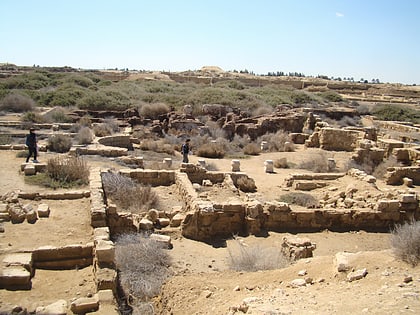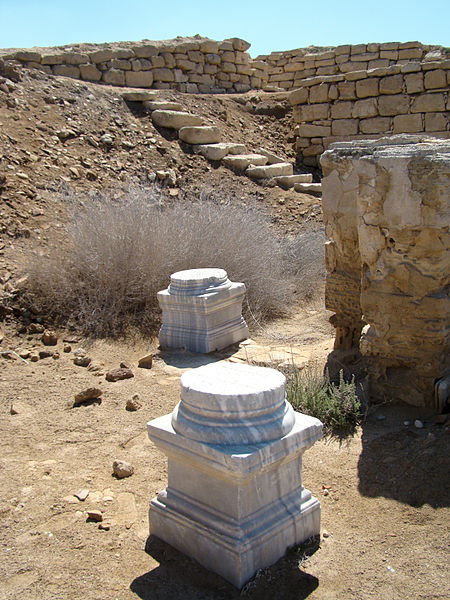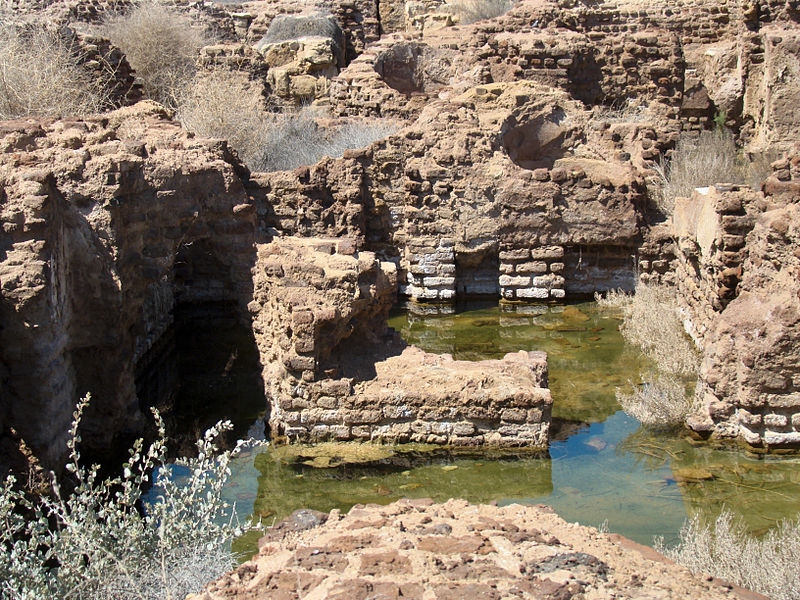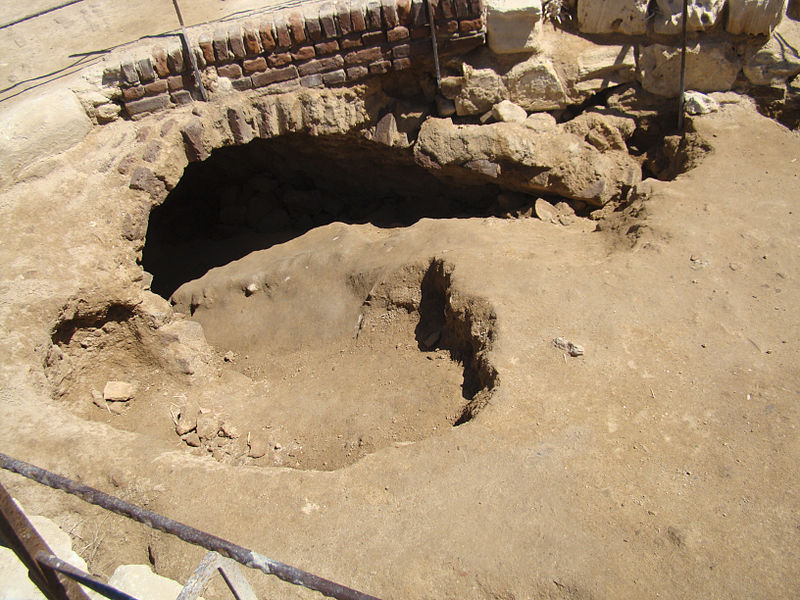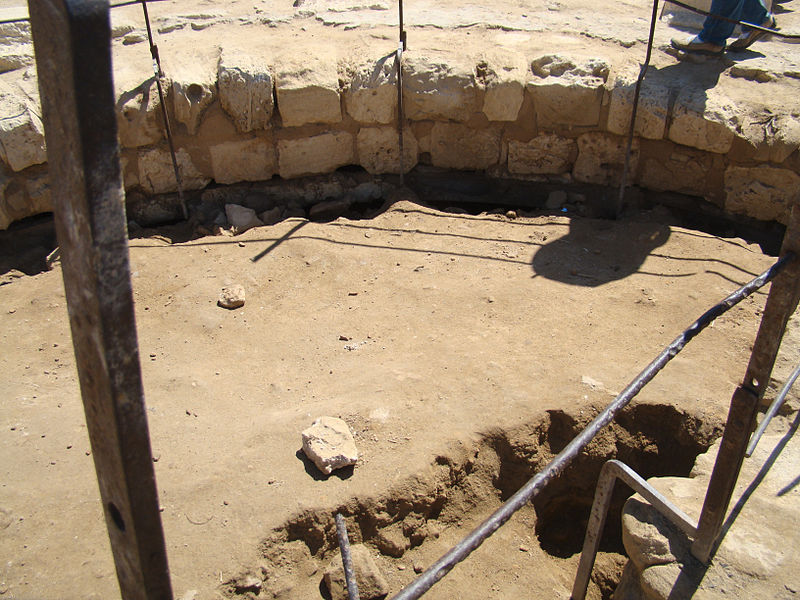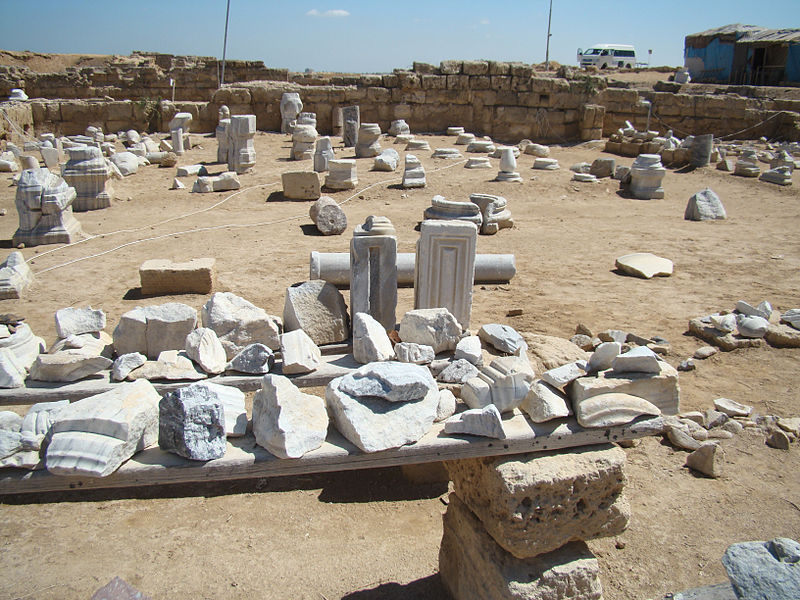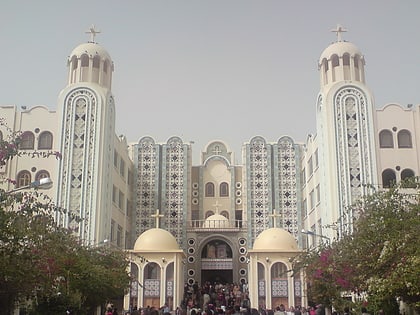Abu Mena
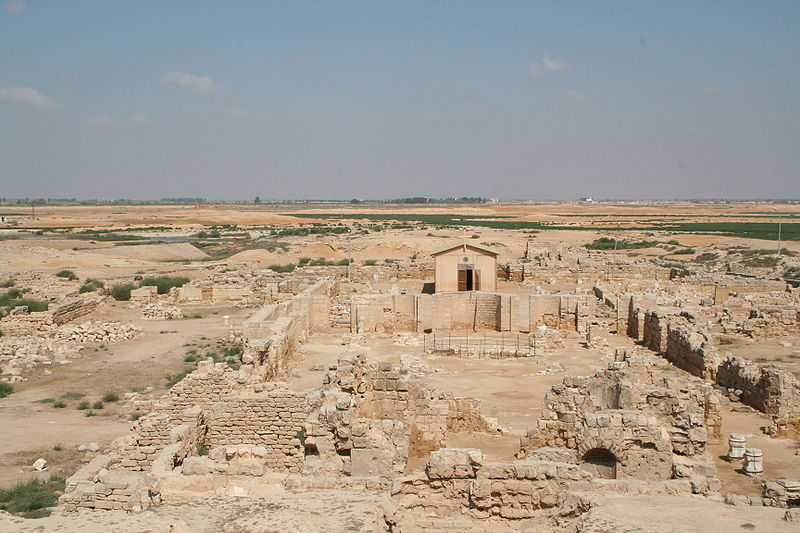
Facts and practical information
Nestled in the arid expanses of the Western Desert of Egypt, the ancient site of Abu Mena bears the heritage of early Christian monasticism. This once-flourishing monastery dates back to the late 4th century and was established around the tomb of Menas of Alexandria, a martyr and soldier venerated in the Coptic Christian tradition.
Abu Mena served as a pilgrimage site and spiritual hub for centuries, attracting believers from across the Christian world. The complex comprised a basilica, baptistery, churches, living quarters for monks, and hostels for pilgrims. Its design is characteristic of early Christian monastic settlements, reflecting both spiritual and functional aspects necessary for the community's sustenance.
The site's significance lies not only in its religious history but also in its cultural impact, as it played a crucial role in the development and spread of monasticism in the Mediterranean basin. The art and architecture found at Abu Mena provide valuable insights into early Christian practices and aesthetics.
Al Iskandariyah
Abu Mena – popular in the area (distance from the attraction)
Nearby attractions include: Monastery of Saint Mina.
